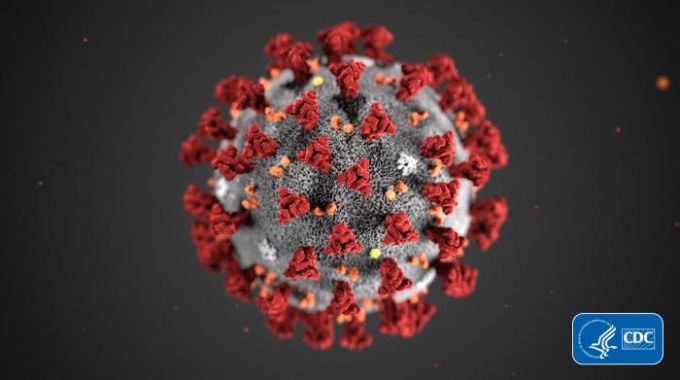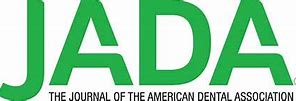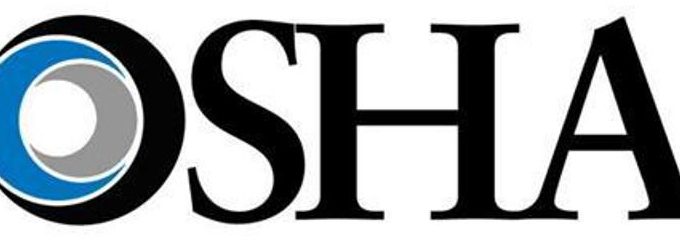As COVID cases surge across the country, California dental employers must continue to follow Cal/OSHA’s…
News Flash – EPA Reinstates Amalgam Separators Rule
June 9, 2017- The U.S. Environmental Protection Agency (EPA) reinstated the final rule on effluent limitations for dental offices to reduce the discharge of mercury and other metals from dental offices down the sewer drain to publically owned treatment works (POTWs). EPA’s new technology-based pretreatment standards under the Clean Water Act require dental offices to use amalgam separators and two best management practices recommended by the American Dental Association (ADA).
In December 2016, the EPA issued the final rule that was to take effect in late January 2017. The rule was withdrawn in mid-January, as ordered by the Trump Administration. The final rule is expected to be published in the Federal Register on June 14, 2017, and will become effective on July 14, 2017, 30 days after publication. The compliance date, or the date that existing dental offices must comply with the standards in the new rule is July 14, 2020. As of July 14, 2017, new dental offices must comply immediately with the new requirements.
Under the new rule, dental offices nationwide that place and/or remove dental amalgam and that discharge to a POTW must submit a one-time compliance report, and must comply with three specific best management practices for amalgam waste:
1. Installing/using amalgam separators compliant with the International Organization for Standardization (ISO) 11143 2008 standard (or equivalent). Records of amalgam separator maintenance, inspection and repair, and amalgam waste disposal/recycling must be maintained for at least three years.
2. Not flushing amalgam waste down the drain, such as from traps or filters.
3. Prohibiting the use of cleaners that may lead to the dissolution of mercury when cleaning traps and vacuum lines, such as bleach or cleaners that contain chlorine, iodine, or peroxide. Cleaners must also have a pH between six and eight.
Dental offices that do not place dental amalgam and only remove amalgam in unplanned or emergency situations (less than nine removals per office per year) are exempt, and need only submit a one-time certification. Additionally, the new rule does not apply to mobile units or to offices where the practice of dentistry consists only of the following dental specialties: oral pathology, oral and maxillofacial radiology, oral and maxillofacial surgery, orthodontics, periodontics, or prosthodontics. Dentists who already have separators installed that do not meet the ISO 11143 standard are grandfathered for ten years.
Since 1992, OSHA Review, Inc. has provided dental professionals with comprehensive programs to support regulatory compliance and infection control. We are a registered continuing education provider in the state of California, specializing in Dental Practice Act, infection control, and OSHA training.



